Interview: Kamala Ibrahim Ishag, principal Prince Claus Prize laureate 2019
During the October 1964 and April 1985 revolutions, poetry was the primary inspiration for the Sudanese people. However, during the December 2018 revolution the arts, paintings, and theatre were the driving force of the revolution.
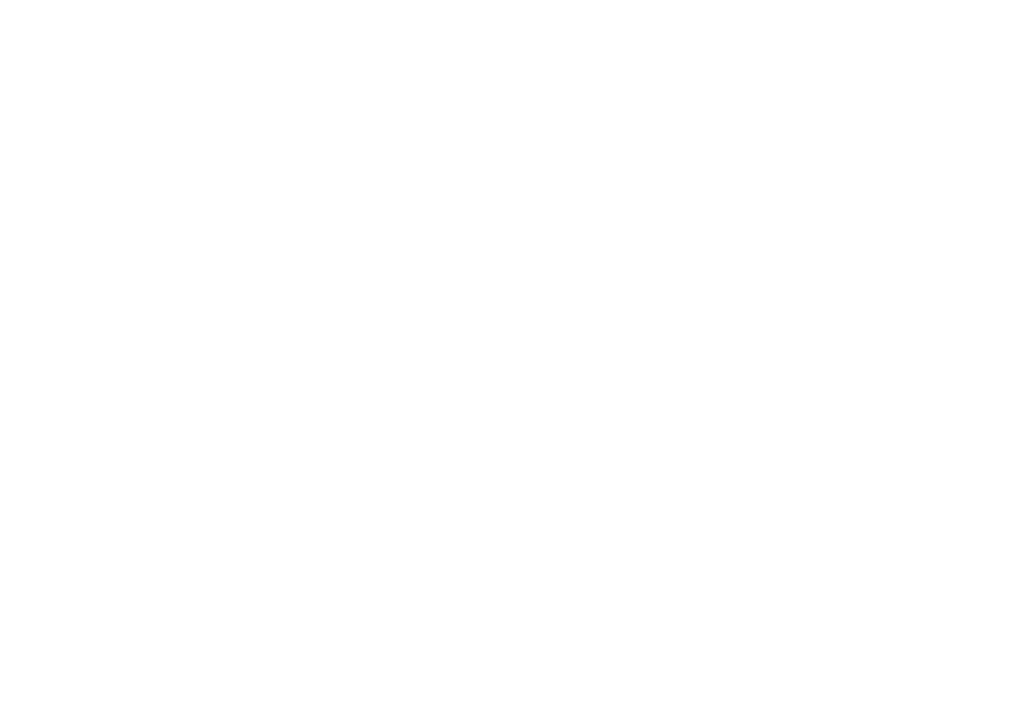 Sudanese Artist Kamala Ibrahim Ishag (Photo: Prince Claus Fund)
Sudanese Artist Kamala Ibrahim Ishag (Photo: Prince Claus Fund)
During the October 1964 and April 1985 revolutions, poetry was the primary inspiration for the Sudanese people. However, during the December 2018 revolution the arts, paintings, and theatre were the driving force of the revolution.
Sudanese Artist Kamala Ibrahim Ishag, received the Prince Claus Prize for Arts and Literature in December 2019. Radio Dabanga caught up with Ishag in the lobby of the luxurious antique hotel facing the Royal Palace in the Dutch capital, Amsterdam, and she greeted us with a Sudanese dress emulating one of her paintings.
‘They did not only kill the peaceful protestors; they also killed the arts that had been painted during the revolution’ – Kamala Ibrahim Ishaq
"Winning the award at this time is important, not for me personally, but rather for Sudan and for the name of Sudan that has experienced one of the greatest revolutions," she said.
Video: Prince Claus Fund
She says this as someone who was at the centre of the revolution; she worked alongside her students and other artists to make a huge mural, exceeding two kilometres in length, to commemorate the revolution and its martyrs. However, the massacre of the June 3 sit-in destroyed the mural and the remaining artwork.
Kamala expressed her regret about the destruction of the drawings and murals. She explained that she felt these drawings had died along with hundreds of demonstrators that day, which creates a sense of deep pain.
Academic life
After a year of Al Bashir’s coup in 1989, Kamala Ibrahim Ishag decided to resign as lecturer at the Faculty of Arts of the University of Sudan for Science and Technology, in a protest against the closure of the ‘additional studies', an inclusion programme that offered talented and disadvantaged individuals the opportunity to study arts.
“Though personally, I did not teach at the inclusion programme, I saw that this programme clearly had a great benefit for Sudanese society. Talented and fine arts lovers from various backgrounds, including ordinary citizens, civil servants, doctors, and engineers had the opportunity to study in it. When they decided to close the programme, I realized that the government had decided to gradually eliminate the arts college. So I wrote my resignation in one sentence and submitted it to the dean of the college, who approved it in only two minutes,” Kamala said.
After submitting her resignation, Kamala moved to live with her husband in Muscat, Sultanate of Oman, in 1991. While she lived there, she continued drawing. "I was able to visit Sudan to check on my family once every two years," she said. She returned to Sudan in 2012 after her husband became ill. He later died in 2015.
Crystalism school
Kamala established a method of arts well-known as the Crystalism School in cooperation with Mohamed Hamid Shaddad and Nayla Mohamed El Tayeb in the seventies. When asked whether the school was a reaction to male dominance in the field of arts back then, she laughed and said "That is not true! Women back then were doing far more than men in the arts field in Sudan".
"I don’t know why people keep saying that. When I was teaching at college there were more female students than males, to the point that some fellow professors proposed to make a quota to make the balance 30 percent female and 70 percent male. I actually don’t care about gender, I care about ability. For that reason, my fellow professors and I created a system for admission based on ability and talent, in which the names were replaced by numbers so that the applicants could not be identified based on gender."
‘I don’t want to be confined only in the Crystal school. I don’t want to be put in a specific box and stay in it forever’ – Kamala Ibrahim Ishag
Regarding the Crystalism School and what is left of it, Kamala critically explained that the crystal is not meant to be a dress which you fit into in order to remain part of it.
The idea and name of the school comes from a drawing technique that Kamala invented many years ago. She drew a large painting, in which about 15 transparent orbs appear to be shapes of men, women, and plants. The painting was displayed at an exhibition in the National Museum in 1974.
This painting technique was used by many of her colleagues. The official designation and manifesto of the Crystalism School came about two or three years after that exhibition. She added that the school manifesto was written by one of her students and colleague, Mohamed Hamid Shaddad.
“It is just a technique and a method of drawing that I used, and I may return to using it at any time, but that does not mean that I remain trapped inside this idea. People get angry when governments abuse them and throw them in prison, so why should you imprison the artist within one idea?”
Voluntary activities
After returning to Sudan, Kamala kept herself quietly busy with drawing and exhibiting works, where the political atmosphere was not conducive for an artist. "However, I am thankful for the French Cultural Centre that had become an outlet for artists and arts movement. The French Cultural Centre provided artists with a place to display their work and a platform for dialogue." She participated in many exhibitions and helped many young people to organise exhibitions.
Kamala also advocated for the Suqia Sudan Organization, which provides water to remote areas and villages throughout Sudan. With the assistance of Lina Hajjar and the Dabanga Centre in Khartoum, she organised an exhibition to provide funds for the organisation, where 52 female fashion designers exhibited their work. In addition, many paintings were donated to the organisation.
When she asked about how she became involved, she recalled a story from decades ago with laughter: “We were students on an academic trip to the Blue Nile. At that time, we were traveling by lorry and ran out of water. So we had to drink from one of the pits.
"The government was adding chemical materials into these wells and pits to kill insects, and the colour of the water was so beautiful, blue-greenish. But it's smell was very strong. The insects that died from the chemicals were floating on the surface. Nonetheless, from that water we drank and the importance of water for human beings has stuck in my mind ever since.”
Radio Dabanga’s editorial independence means that we can continue to provide factual updates about political developments to Sudanese and international actors, educate people about how to avoid outbreaks of infectious diseases, and provide a window to the world for those in all corners of Sudan. Support Radio Dabanga for as little as €2.50, the equivalent of a cup of coffee.








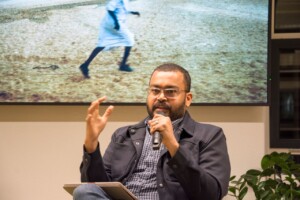
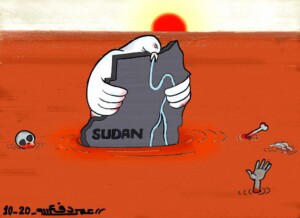
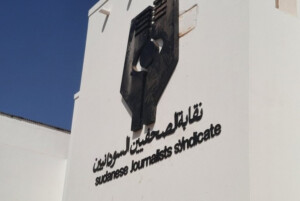

 and then
and then